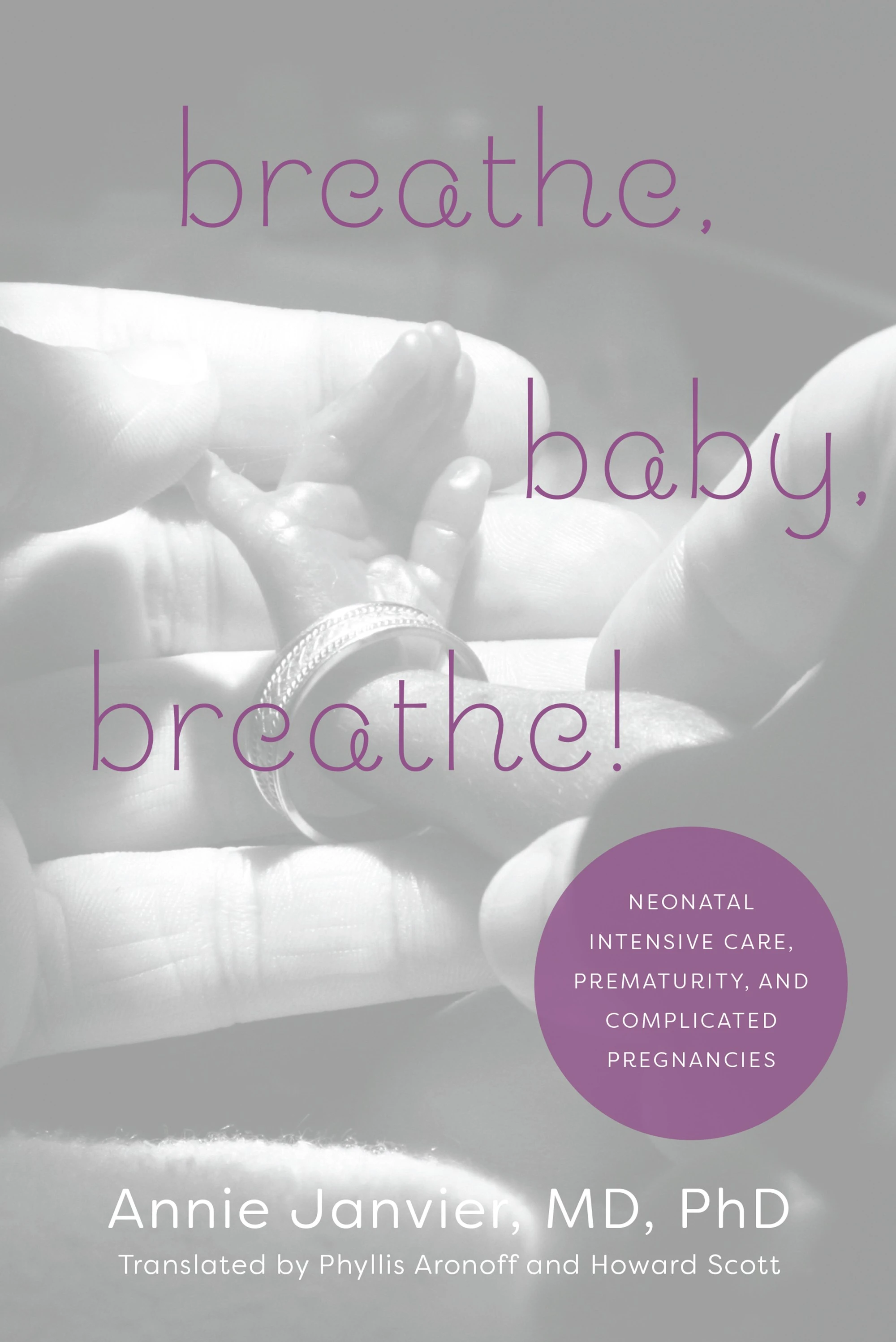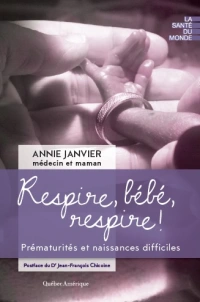Omega-3 fatty acids seem to be important for many functions, and currently many babies, especially preterm babies appear to be deficient compared to babies born at term. There has been much research into these dietary components, and they certainly are essential for normal cell membrane function and much else. The big questions are: how much do we need? Which ones do we need?
I even performed a study myself years ago among newborn piglets, we divided them into 3 groups who either stayed with the sow or were placed on intravenous alimentation with either regular intralipid or with a home-made mixture which included fish oil derived omega-3s. We showed a lower pulmonary vascular resistance among piglets getting the menhaden oil lipid (with extra omega-3s), which were similar to sow’s milk, they also had a more normal hypoxic pulmonary response, the intralipid piglets having exaggerated responses.
Many trials of supplementing these fatty acids, however, have been negative.
The most recent disappointment comes from the MOBYDick trial, a pan-Canadian RCT among mothers who delivered very preterm (23 to <29 weeks) and who were planning to give their breastmilk to their babies (Marc I, et al. Effect of Maternal Docosahexaenoic Acid Supplementation on Bronchopulmonary Dysplasia-Free Survival in Breastfed Preterm Infants: A Randomized Clinical Trial. JAMA. 2020;324(2):157-67). Nearly 500 mothers were randomized to a supplement of Omega-3 (DHA, docosahexaenoic acid) or placebo with the primary outcome being survival or needing oxygen at 36 weeks PMA. The trial was stopped early as a result of 2 things: interim analysis showed slightly worse primary outcome among the active treatment group; the N3RO study of postnatal supplementation of preterm infants was published showing somewhat worse bronchopulmonary dysplasia outcomes with supplementation compared to placebo
(Collins CT, et al. Docosahexaenoic Acid and Bronchopulmonary Dysplasia in Preterm Infants. N Engl J Med. 2017;376(13):1245-55). In the N3RO trial 1200 very preterm babies (<29 weeks) were randomized to daily supplements with omega-3s (60 mg/kg per day), the primary outcome was needing oxygen at 36 weeks. BPD by the physiological definition was more common with DHA supplementation than with placebo (49% compared to 44%), and there was no sign of any benefit.
The N3RO trial was itself performed as a follow-up to the DINO trial, also from Australia, which was an RCT among 657 infants less than 33 weeks who were randomized to get a DHA supplement, or just standard DHA intakes. Of note in that study the mothers all received a tuna oil supplement, and the preterm formula given if the mothers were not breastfeeding, contained the concentration of DHA then recommended. The primary outcome of that trial was developmental progress at 18 months, but the Bayley scores were just about identical in the 2 groups. One of the DINO trials secondary outcomes was oxygen requirement at 36 weeks, which was lower in the DHA supplemented babies (18% vs 25%), which I guess was one reason for performing the N3RO trial, among a group of babies at higher risk for BPD. Of note the DINO trial was reported, even in the abstract as showing that the supplement “did not increase MDI scores of preterm infants overall born earlier than 33 weeks but did improve the MDI scores of girls.” However, when I look at the results, there doesn’t seem to be a statistical test of interaction between sex and assigned group, they did note a small increase in Bayley MDI of 4 points in the girls, and a very small decrease of 1 point among the boys, in the contest of an overall 1.9 point difference, which was consistent with a chance difference. We need always to be careful with subgroup analyses. It would indeed be remarkable if the differences between intervention and placebo were identical between boys and girls (or between redheads and blondes for that matter). We should expect different subgroups to have different results, what is important is whether those subgroup differences are themselves consistent with random differences, or are they different enough to suggest a real difference in effect between the subgroups. A statistical test of interaction should be performed, not just looking at the p-values of the individual subgroup differences. There are some other indications of a possible small benefit of higher dose DHA though, which fewer infants below thresholds of 85 and 70 on the Bayley MDI scores, especially among girls, but with the same caveat. Subgroup differences should, generally speaking, never be taken as strong evidence that one group benefits and another does not, but can form the basis for further investigations focusing on the apparently better subgroup. Also of note, even longer follow-up of the DINO babies to 7 years of age (Collins CT, et al. Neurodevelopmental outcomes at 7 years’ corrected age in preterm infants who were fed high-dose docosahexaenoic acid to term equivalent: a follow-up of a randomised controlled trial. BMJ Open. 2015;5(3):e007314) did not show any benefit of the high-dose DHA, there was even a suggestion of harm with girls scoring higher (worse function) on some of the parental reported scores.
With the results from N3RO, the safety monitoring committee of the MOBYDIck trial did some calculations suggesting that it was very unlikely that supplementation would be found to be beneficial by the end of the trial, and, being worried that there might be harm, they stopped the trial, which had originally been planned to reach 800 mothers.
I was disappointed at the early stopping of the trial, given that the “harm” which worried the investigators was a slightly prolonged oxygen requirement, which doesn’t necessarily translate into any clinically important adverse impact, but I can certainly understand their motivations. Survival without BPD was higher among babies of mothers receiving placebo at 62% compared to 55% with intervention. Death was actually less frequent with supplementation 6% vs 10% by 36 weeks, but BPD was quite a bit more common 41% vs 31%. The authors never note the number of deaths prior to discharge, which I submit is much more important and relevant that death by 36 weeks, they note 2 deaths (intervention group babies) between 36 and 40 weeks, so I don’t think the final death comparison, if we knew how many died before discharge, is likely to be much different. One can ask whether, by early termination of the trial, did they miss the chance of finding better clinically important longer-term respiratory outcomes, or developmental or visual outcomes? Probably not. Follow up of DINO doesn’t seem to show any distinct advantage of direct DHA supplementation, either on respiratory hospital readmissions, atopy, visual processing (including acuity), or developmental progress, or school-age IQ.
Gunaratne AW, et al. Docosahexaenoic acid supplementation of preterm infants and parent-reported symptoms of allergic disease at 7 years corrected age: follow-up of a randomized controlled trial. Am J Clin Nutr. 2019;109(6):1600-10.
Molloy CS, et al. Long-term effect of high-dose supplementation with DHA on visual function at school age in children born at <33 wk gestational age: results from a follow-up of a randomized controlled trial. Am J Clin Nutr. 2016;103(1):268-75.
Of note, treating preterm born infants with 6 months of DHA when they become toddlers also doesn’t seem to help them either (Keim SA, et al. Effect of Docosahexaenoic Acid Supplementation vs Placebo on Developmental Outcomes of Toddlers Born Preterm: A Randomized Clinical Trial. JAMA Pediatr. 2018;172(12):1126-34).
And supplementing standard risk mothers with DHA during pregnancy doesn’t reduce preterm delivery. Makrides M, et al. A Randomized Trial of Prenatal n-3 Fatty Acid Supplementation and Preterm Delivery. N Engl J Med. 2019;381(11):1035-45.
So why all this disappointment? Maybe our babies are already getting enough, so even if intake and concentrations are low, they may be adequate for the majority of preterm infants. Maybe DHA by itself is not enough; Eicosapentaenoic acid (EPA) is good stuff too!FOr now, all we can say is that the new Canadian trial showed no advantage of maternal DHA supplementation, possibly a minor adverse effect on pulmonary outcomes, which is consistent with a minor adverse effect shown in the N3RO trial. No other good quality data show an advantage of maternal or neonatal supplementation.








